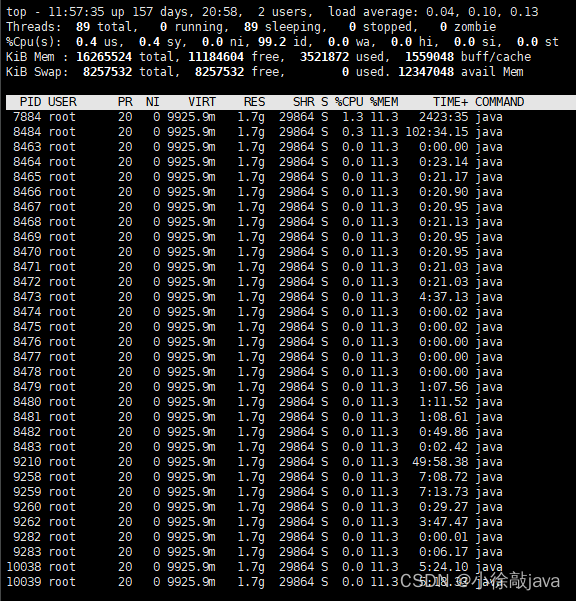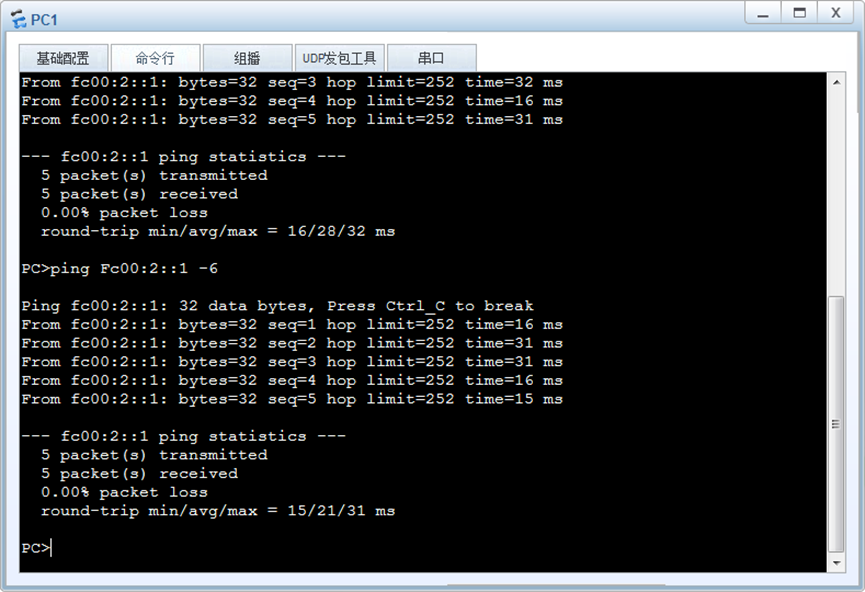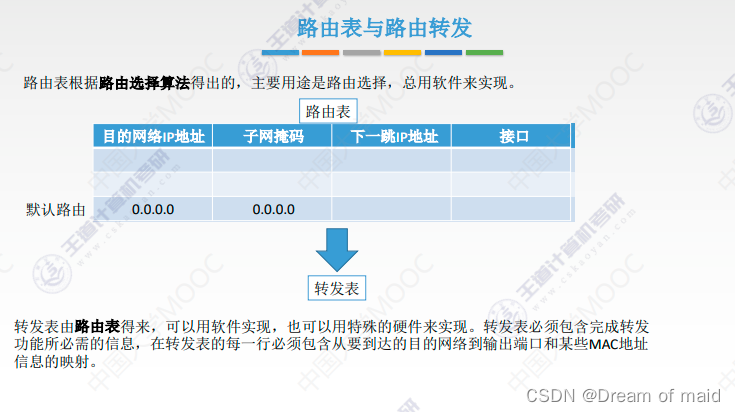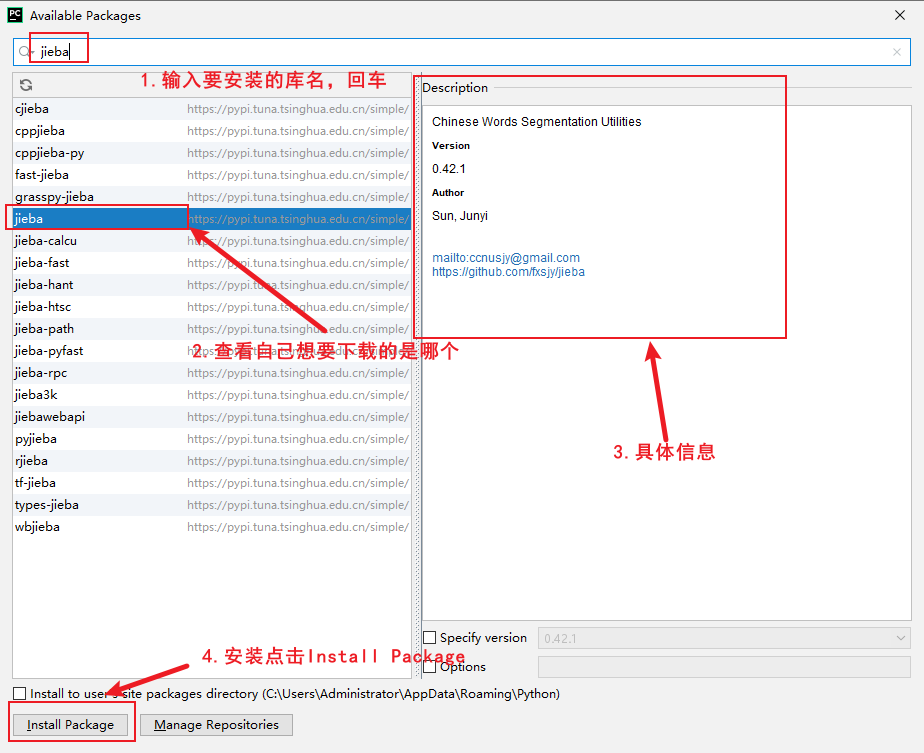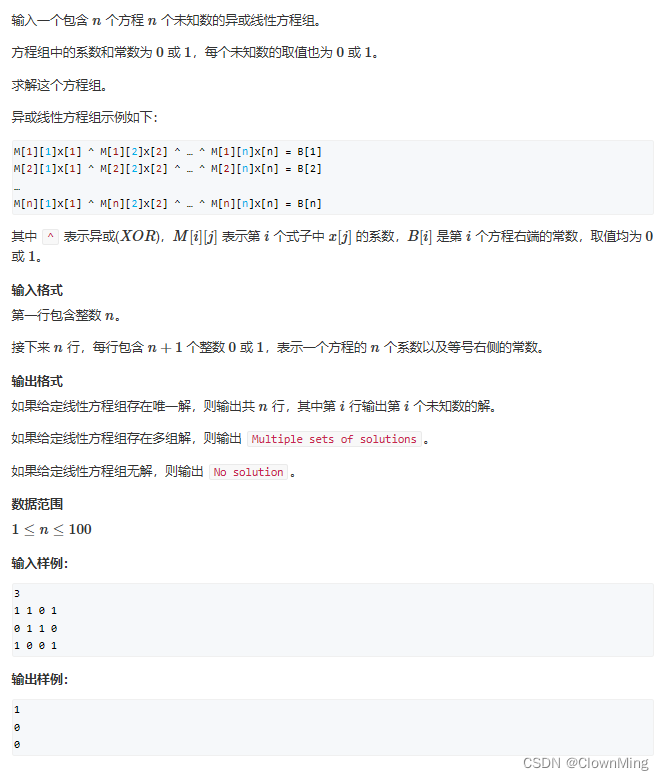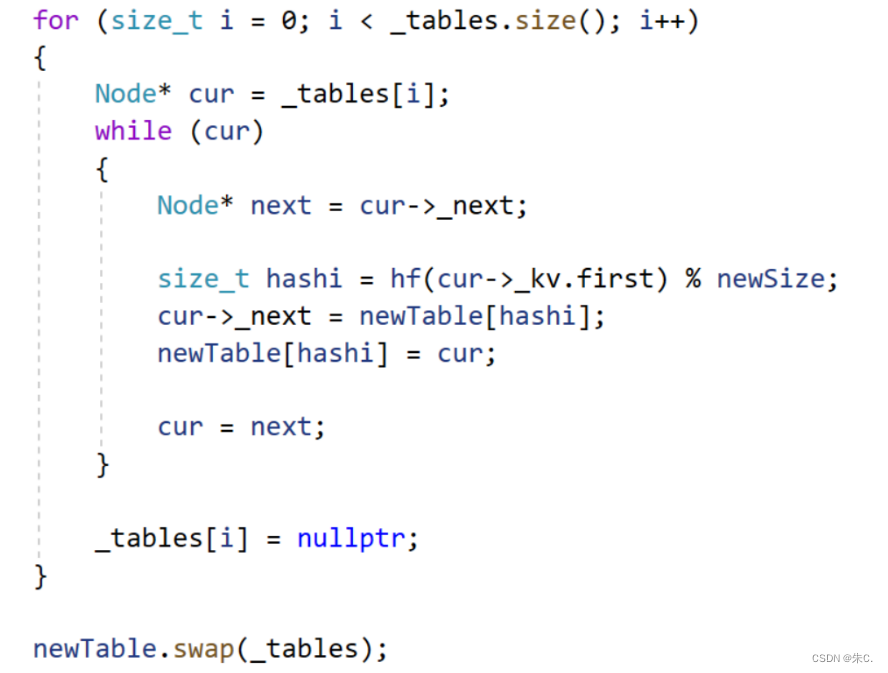1、仿照string类,完成myString 类
#include <iostream>
#include<cstring>
using namespace std;
class myString
{
private:
char *str; //记录c风格的字符串
int size; //记录字符串的实际长度
public:
//无参构造
myString():size(10)
{
str = new char[size]; //构造出一个长度为10的字符串
strcpy(str,""); //赋值为空串
}
//有参构造
myString(const char *s) //string s("hello world")
{
size = strlen(s);
str = new char[size+1];
strcpy(str, s);
}
//拷贝构造
myString(const myString &other):str(new char(*other.str)),size(other.size)
{
cout<<"拷贝构造函数"<<endl;
}
//析构函数
~myString()
{
delete str;
cout<<"析构函数"<<endl;
}
//拷贝赋值函数
myString & operator=(const myString &other)
{
if(this != &other)
{
this->size = other.size;
//判断原来空间释放
if(this->str !=NULL)
{
delete this->str;
}
this->str = new char(*other.str);
}
cout<<"Stu::拷贝赋值函数"<<endl;
return *this;
}
//判空函数
bool str_empty()
{
return !strcmp("",str);
}
//size函数
int str_size()
{
return strlen(this->str);
}
//c_str函数
char *s_c_str()
{
return str;
}
//at函数
char &at(int pos)
{
return str[pos];
}
//加号运算符重载
const myString operator+(const myString &R)const
{
myString c;
c.str=strcat(this->str,R.str);
c.size=this->size+R.size;
return c;
}
//加等于运算符重载
myString & operator+=(const myString &R)
{
this->str=strcat(this->str,R.str);
this->size+=R.size;
return *this;//返回自身的引用
}
//关系运算符重载(>)
bool operator>(const myString &R)const
{
return strcmp(this->str,R.str);
}
//中括号运算符重载
char &operator[](int index)
{
return str[index];
}
//定义遍历
void show()
{
cout<<"字符串:"<<str<<endl;
cout<<"实际长度:"<<size<<endl;
}
};
int main()
{
myString c1("hello ");
c1.show();
myString c2("world");
c2.show();
myString c3=c1+c2;
c3.show();
if(c1>c2)
{
cout<<"yes"<<endl;
}
else
{
cout<<"no"<<endl;
}
c3[0]='*';
c3.show();
c3+=c2;
c3.show();
cout<<"size="<<c3.str_size()<<endl;
return 0;
}
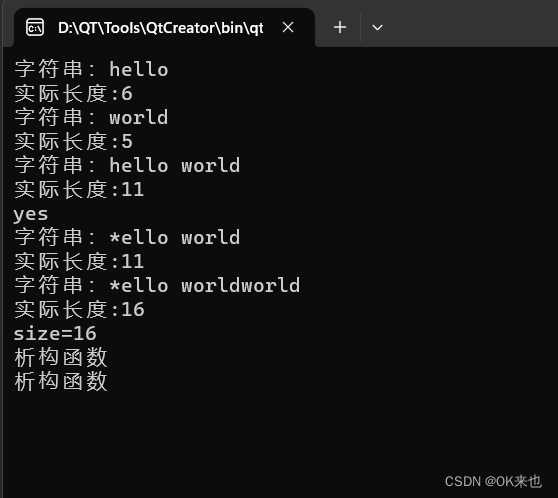
2、思维导图

